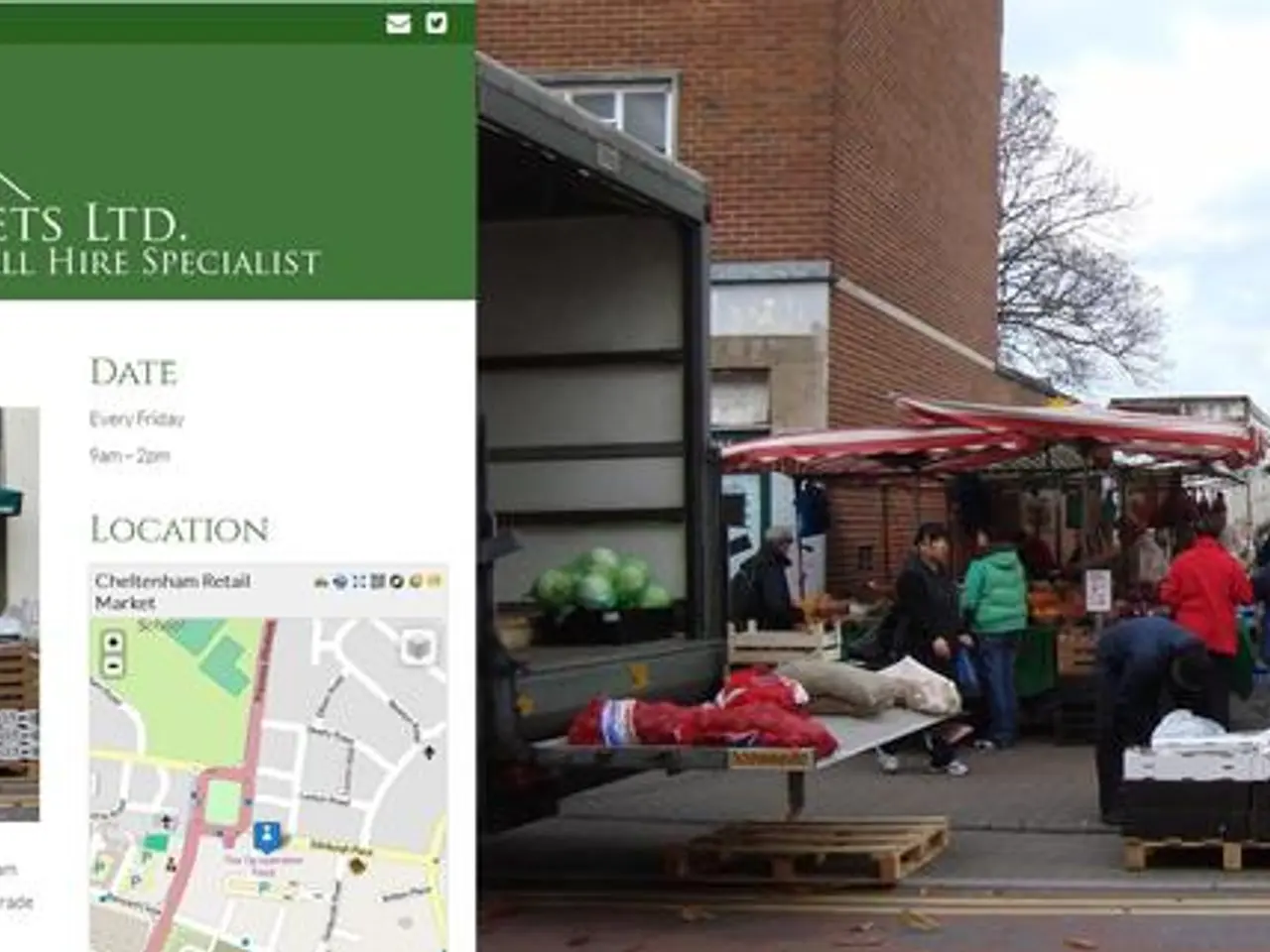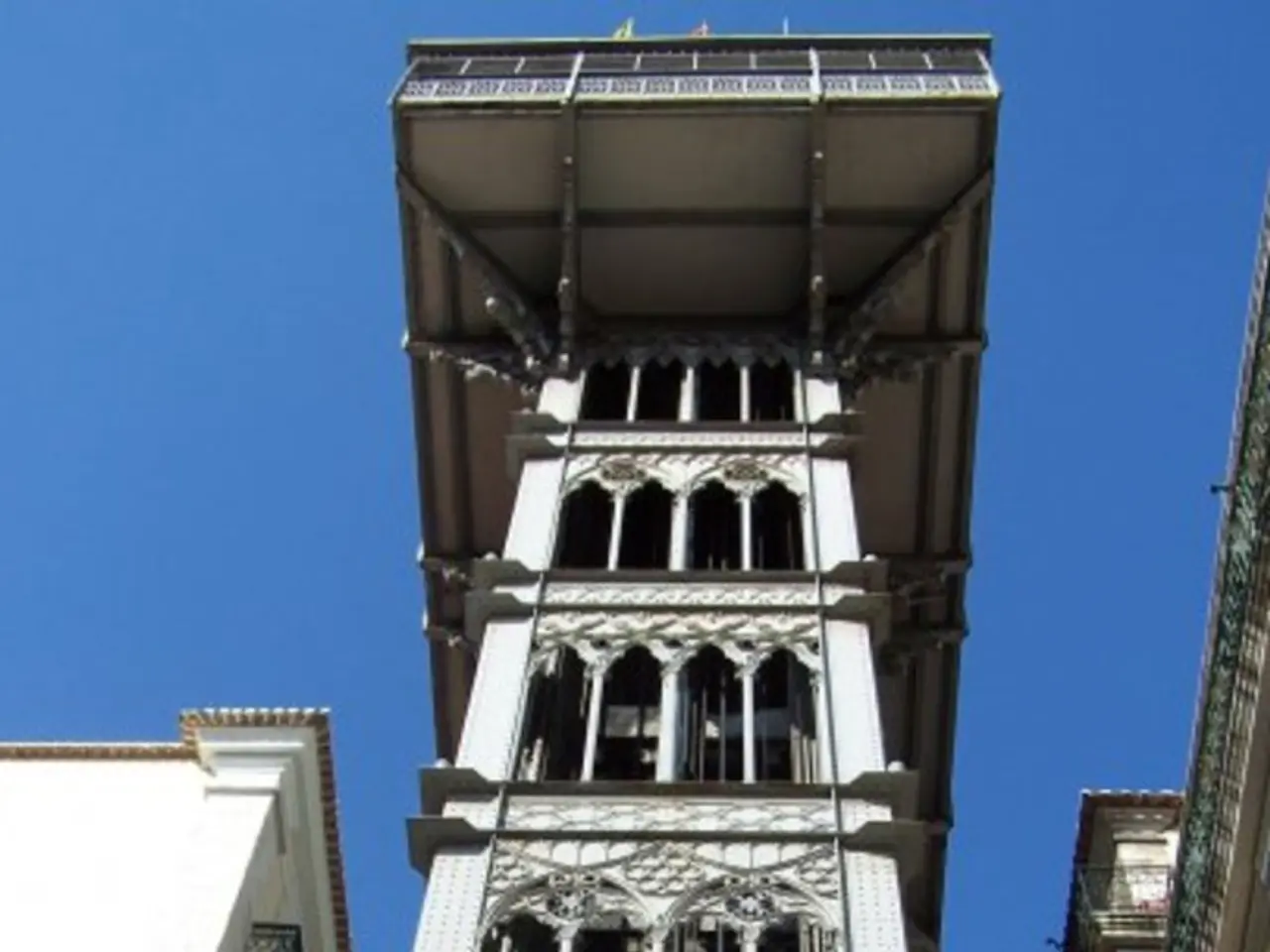Austrian Residents Brace for Higher Energy Bills Following Energy Crisis: Price Hikes Affect Most
In the Austrian energy sector, a notable shift towards sustainability is underway, as indicated by a surge in homeowners installing alternative energy solutions, such as heat pumps. According to the Simon-Kucher Energy Study, a global management consulting firm with over 2,000 employees in more than 30 countries, there has been a 57% increase in homeowners adopting such solutions compared to the previous year [1].
The study, conducted in collaboration with the independent market research institute Appinio, also reveals that the market share of green energy providers is on the rise, with their share increasing from 7% to 13%. This trend suggests a growing preference for sustainable energy options among Austrian consumers [2].
Malte Trukenmüller, Senior Director in the Energy department at Simon-Kucher, stated that green electricity is gaining importance, and alternative energy solutions like photovoltaics and heat pumps are booming [3]. The firm's focus is on "Unlocking Better Growth" by optimizing business strategy, digitalization, marketing, and sales.
However, despite significant price increases in electricity, primarily due to broader energy and housing cost rises, only a small fraction of Austrian consumers are actively considering switching electricity providers. This is largely due to the combined effect of regulatory costs, fluctuating wholesale prices, and consumer behavior patterns [4].
Price increases are not solely attributed to electricity alone; they are part of wider cost-of-living increases, with energy costs up by about 8.9% in May 2025, contributing to an overall inflation rate of 3% in Austria [5]. Additionally, the expiry of government support schemes, the addition of grid costs and levies, and the recent decreases in wholesale electricity prices have added to higher household bills, making price differences minimal even if consumers switch providers [6].
Consumer inertia and switching barriers also play a significant role. Consumers often face non-price barriers such as perceived hassle, lack of clear information, or contract complexities, which discourage switching despite rising prices [7].
Despite these challenges, 45% of consumers are consciously choosing more environmentally friendly products [8]. The energy crisis has led to a price increase in electricity for over 72% of Austrian consumers, with 45% experiencing a significant rise and 27% noticing a slight increase [9].
The study findings suggest that sustainability in the electricity market is here to stay. While only 13% of respondents are planning to switch electricity providers, the trend towards green energy providers indicates a long-term shift in consumer preferences [10]. For inquiries and detailed information, contact Linda Katharina Klein at +49 173 5381929 or [email protected].
References: [1] Simon-Kucher (2025). Simon-Kucher Energy Study. Retrieved from https://www.simon-kucher.com/de/news/2025/06/simon-kucher-energy-study-2025 [2] Appinio (2025). Austrian Energy Market Survey. Retrieved from https://www.appinio.com/de/studie/austrian-energy-market-survey [3] Trukenmüller, M. (2025). Green Energy Solutions Booming in Austria. Retrieved from https://www.simon-kucher.com/de/news/2025/06/green-energy-solutions-booming-in-austria [4] Statistik Austria (2025). Inflation in Austria. Retrieved from https://www.statistik.at/web_en/statistics/Nationalaccounts/Inflation [5] Eurostat (2025). Energy Prices in Europe. Retrieved from https://ec.europa.eu/eurostat/web/energy/data/database [6] WirtschaftsWoche (2025). Austrian Energy Market: Challenges and Opportunities. Retrieved from https://www.wiwo.de/wirtschaft/energie/austria-energy-market-challenges-and-opportunities/16035614.html [7] Energiesparverband (2025). Consumer Inertia in the Austrian Energy Market. Retrieved from https://www.energiesparverband.at/en/news/consumer-inertia-in-the-austrian-energy-market [8] Umweltbundesamt (2025). Austrian Consumers Choosing Greener Products. Retrieved from https://www.umweltbundesamt.at/de/themen/klima/klimapolitik/klimaschutzstrategie/klimaschutzstrategie-2050/klimaschutzstrategie-2050-umsetzung/klimaschutzstrategie-2050-umsetzung-verbraucher/ [9] Österreichische Wirtschaftszeitung (2025). Price Increases Affect Half of Austrian Population. Retrieved from https://www.wienerzeitung.at/wirtschaft/preissteigerungen-affect-half-of-austrian-population/ [10] Der Standard (2025). Austrian Energy Market Stabilizing. Retrieved from https://www.derstandard.at/story/2000123688053/austrian-energy-market-stabilizing
Renewable energy solutions, such as photovoltaics and heat pumps, are experiencing a boom in the Austrian energy industry, with an increasing number of homeowners adopting them, according to Malte Trukenmüller, Senior Director in the Energy department at Simon-Kucher. In the finance sector, this trend suggests a growing preference for sustainable energy options among Austrian consumers, with the market share of green energy providers increasing from 7% to 13%.




